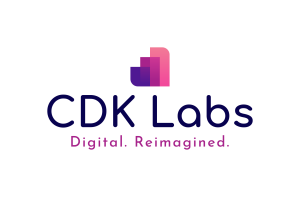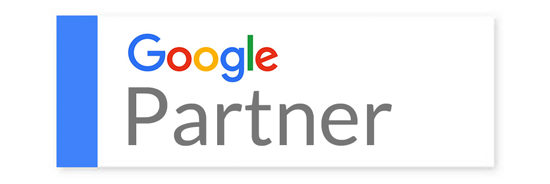SEO is one of the best ways to grow your brand’s reach, leads, and sales organically. Organic traffic is highly targeted; if you’re not ranking well for relevant searches, you’re likely losing out on many conversion opportunities.
Our client chose SEO to grow their website traffic. And it paid off, too. We drove over 10K visitors to their website in just six months.
To improve our client’s site ranking in the SERPs, it was essential to target the right set of keywords. We focused on finding the best set of keywords to rank well in Google Search. We came up with some of the most appropriate keywords with the help of Google Keyword Planner.
How would you feel if your site ranked higher in search engine results and gained a competitive advantage over similar sites?
Over 10 Keywords on Page 1 of Google
Organic Traffic Up by over 400%
Increased Sessions up by over 450%
How can SEO help your Local Service business?
People won’t buy from you until they are aware of your business. For one thing, there are too many pages competing for attention. In fact, a quick Google search for “decking store edmonton” returns over 7.3 million results. If even a fraction of these pages is from businesses in your area, your site is still competing with several hundred potential competitors, and making sales will be complex. With SEO, you increase your chances of ranking higher and getting more of these potential customers and sales.
Problem Statement / Challenge
When a client reached out to us around half a year ago for SEO services for his decking service business, they were facing fewer sales despite their quality services. Their website traffic was relatively low, and their targeted keywords were not apt enough to bring in organic traffic.
When the SEO campaign started, the client had two key KPIs – to rank for a specific set of keywords and increase organic traffic across their site.
THE START OF OUR SEO JOURNEY
Finding Awesome Keywords
Our SEO team identified keywords with decent search volume.
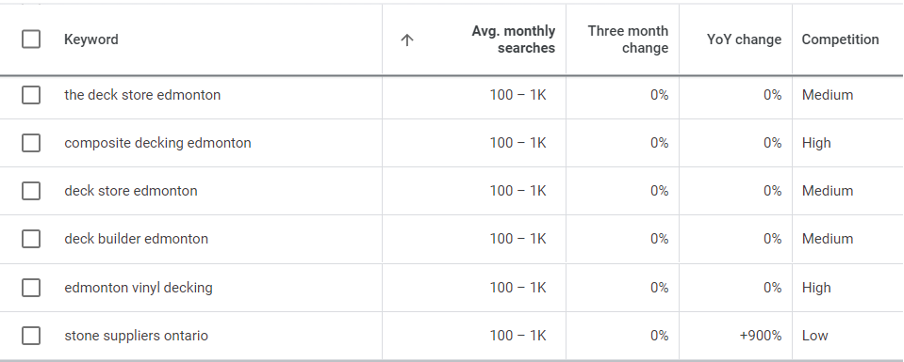
Competitive Analysis
Along with keyword research, we also conducted in-depth research about the SEO strategies of our client’s direct competitors.
The goal here was to understand how well their competitors ranked for the keywords that we were targeting.
For this, we leveraged AHREFs and SEMrush. It helped us understand where our client stood and what else we needed to help them outrank their competitors.
The Competitive Analysis is the first step in the SEO process. It identifies your competitors’ websites and analyzes their content, links, backlinks and overall ranking in the search engine results pages (SERPs). The goal of this analysis is to identify which competitors have more powerful SEO campaigns than you do, allowing us to take steps to improve our own campaign.
We came up with some important pointers to focus on-
- Analyze On-Page Optimization: It includes content relevancy, content authority, anchor texts, presence of breadcrumbs, meta tags, better page speed etc that will help rank their website.
- On-Site Content: Onsite content should be relevant and keyword rich content to rank high in SERPs.
- Examine Site Structure: The navigation should be great. The menu should be horizontally present at the top of the website with consistent placements. Pages that did not add much value should be placed in the footer menu. Secondary navigation in the form of breadcrumbs should be actively used, adding context to the innermost pages and reflecting the structure of the website.
- SEO Competitors: Monitoring the activity of the competitors and decoding their strategies to recreate our own can help us rank better.
- Keyword Analysis: Actively searching out of high search volume keywords specific to our niche and optimizing the meta tags, headings and website content with the same.
- Link Building: Link building is a crucial part of SEO. It’s what allows us to build a website that’s optimized for search engines, and it’s what helps you grow your traffic and increase your business’s visibility online.
After thorough Competitive Analysis, we reached the conclusion that the competitors had an average of 600+ referring domains that points to their sites and now we know what we had to accomplish through link building process to achieve target results.
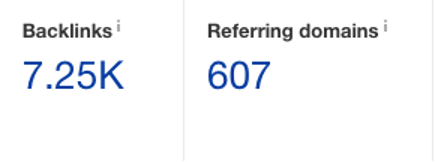
Moreover, tools like SEMRush, Majestic & Ahref are essential in determining which keywords your competitors rank for. From there on, reverse-engineering as to why competition is ranking for a particular term and implementing the same in our SEO strategy is the key to ranking for those terms.
While analysing we learnt that the keyword ‘the deck store edmonton’ is the most searched term on search engines and our competitor ‘The Deck Store’ is also competing for the same keyword. So, we decided to focus on this keyword.
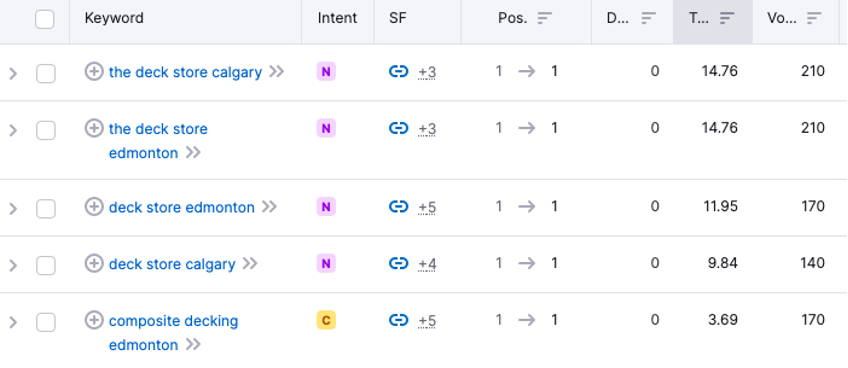
SEO Audits & Page Optimization
Now that we’d analyzed what our competitors were doing, it was essential to have an understanding of the website’s current standing.
The next step we used to make this SEO case study successful was checking the client’s site for on-page SEO parameters.
Why so? Because even the best content won’t rank well in organic search results if it’s not optimized well. If the website offers a poor browsing experience due to slow loading speed or not being mobile-friendly, it wouldn’t rank well in searches.
The Page Experience update also meant that we had to optimize the website for Core Web Vitals.
To ensure that our client’s website passed all these checks, we conducted timely SEO audits using Semrush. It helped us get a detailed idea of where the site stood in terms of on-page SEO.
Technical SEO audit helped us track the following:
- Core Web Vitals
- HTTP errors
- Structured data errors
- Page loading speed
- HTTPS
- Internal linking
- Crawlability
- JavaScript and CSS issues
- Presence of Outbound links
- Non-Mobile Friendliness
- Incorrect Use of Heading Tags
- Content Relevancy
We really like Semrush’s Site Audit tool along with others for this purpose. They gave us detailed insights into each of these errors and helped us fix them to boost our client’s on-page SEO performance.
Key Takeaways from SEO Audit:
- The content relevancy was fairly low with a few keywords being targeted which we had to changes as per our research
- Heading tags were used correctly but were modified using rich keywords.
- The site structure was apt with all the categories and their following sub-categories placed in the header menu.
- 404 Page was present on the website.
- Sitemap was deployed.
- The SSL certificate was in place.
- It was a web responsive site.
- Only a few broken links were found on the website.
- Breadcrumbs were placed as a secondary navigation bar to provide context to the inner pages.
There were a few issues we identified that needed our attention were:
- Page Loading Speed
- SEO Driven Content
- Internal Linking practices
PAGE LOADING SPEED
Looking after the scores on Google PageSpeed Tool, we had something to worry about. Our client’s website scored a devastating 29/100 on mobile devices and not so good 42/100 on the desktop.


Comparing the page load time of 18.6 seconds to the optimal time of 3 seconds, we needed to make significant changes in the code. Thanks to Google’s official PageSpeed Tools, we clearly knew where to look for.
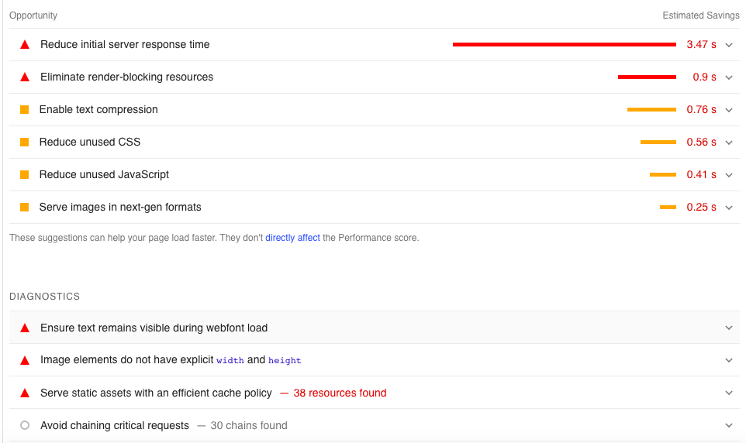
After making the suggested changes, we were able to score 96/100 on mobile and 77/100 on the desktop. While it may not be great, it’s definitely not terrible like it was earlier.
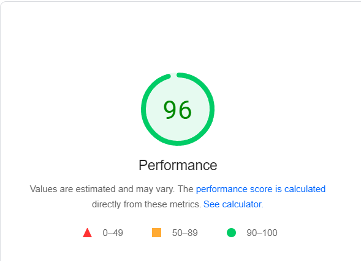


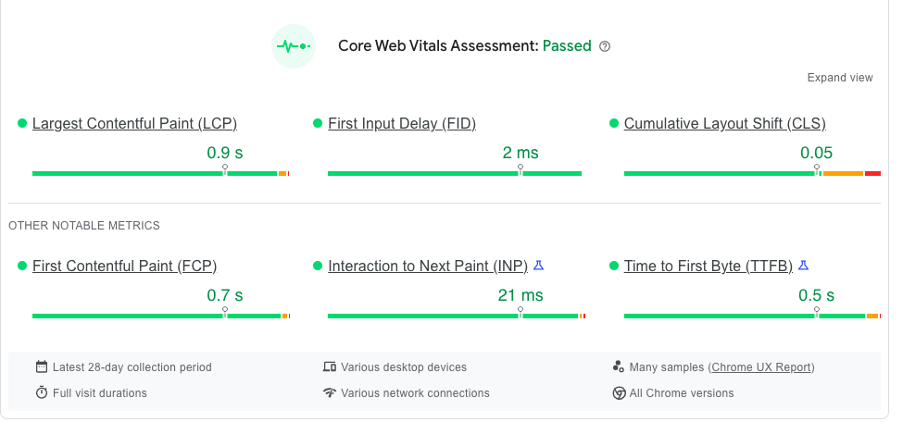
SEO Driven Content:
While we were building links consistently, we also had to work on creating SEO-driven content. By SEO-driven, we meant content created based on the best keyword opportunities in the client’s niche. Before we created ANY new content / landing pages, we did in-depth keyword research to find the best opportunities for the client’s website (Created a Google Sheet with 5,000+ keywords in there). Then, we sorted the sheet based on competition and picked medium-to-high traffic keywords with low competition (as it relates to his site’s ability to rank for that keyword) to create content around.
Notice how I said keywords instead of keyword?
Another huge part of creating traffic driving SEO content was targeting a group of related keywords instead of just one in the content.
Link Building
We needed to build high-quality links to compete in organic search results to rank higher. All we had to do was to play by the search engine’s rules. And the rule is “More quality backlinks, higher the rankings.”
While writing unique and user-friendly content is one thing, you cannot sit back and relax. Unless you specifically try to build links, it will be hard for you to rank well on search engines. After all, links are still among the top 3 ranking factors used by major search engines like Google.
From the very start, we focused on acquiring links from:
- Blogger Outreach
- Business Citations
- Press Release Outreach
- Unlinked Mentions
Before we started, the client had 218 referring domains pointing towards it. Given the strong presence of the client’s brand in the industry, we easily scored many backlinks from new domains taking the total tally to 546.
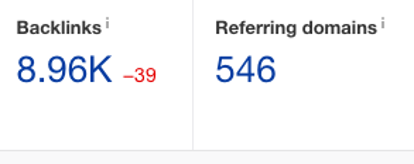
Referring Domains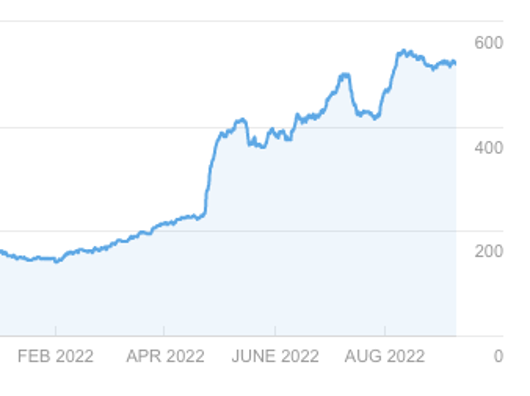
THE RESULTS
Here is the Google Analytics data over the period of 6 months. When we started, the client was getting 2,177 visitors in 6 months. After working on the client’s website for 6 months, we increased their organic traffic to 10,176 and the number is still growing. A whopping 80% increase in organic traffic!
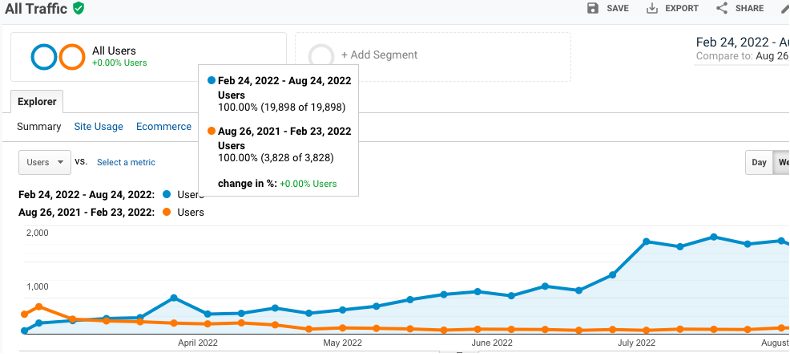
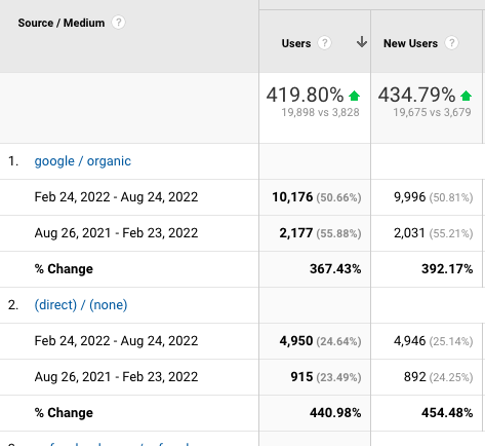
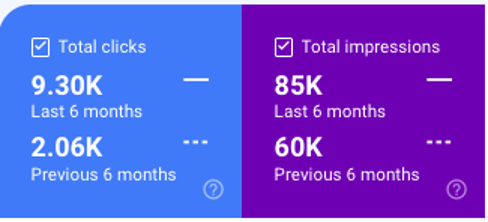
The keyword ranking improved substantially. While no keyword ranked on the 1st page in Feb 2022, the client has now 15 keywords on the top 3 pages. Out of those 15 keywords, 11 rank on Page 1.
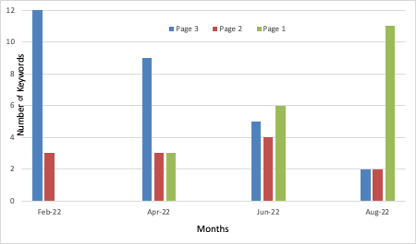
THE CONCLUSION
While we did face an uphill challenge in boosting our client’s website traffic, the efforts paid off very well.
Through a well-planned SEO strategy, we were able to significantly boost the traffic to our client’s website.
However, it is clear that SEO is a long-term commitment that needs patience if you really want to witness good results. With some of our best SEO strategies we have achieved tremendous results within 3-4 months for various clients. Nevertheless, it takes more than 6 months to get the best results for seo campaigns.
Sometimes growing organic traffic becomes challenging when the website has spammy backlinks and also in extreme cases when the website is penalized and needs a removal of these penalties. However, we were lucky as our client’s website did not make us face any such issues.
If you have any queries related to the case study, contact us and we will assist you happily.
